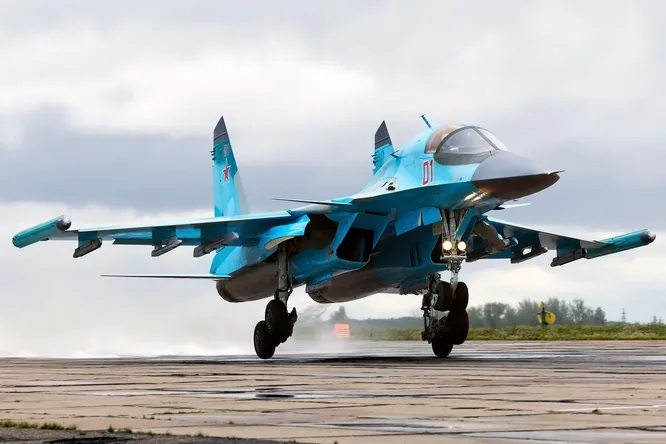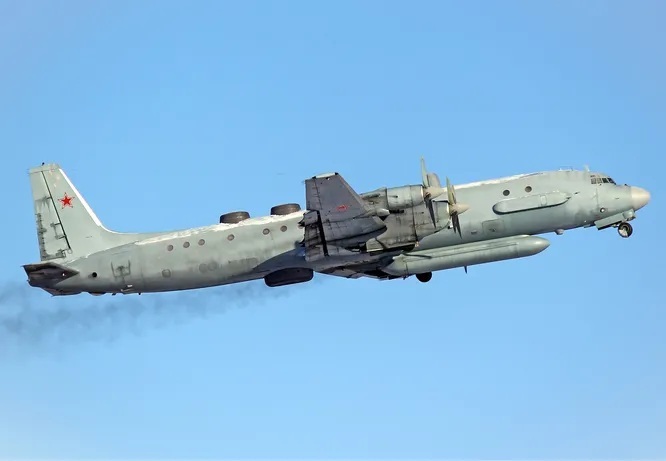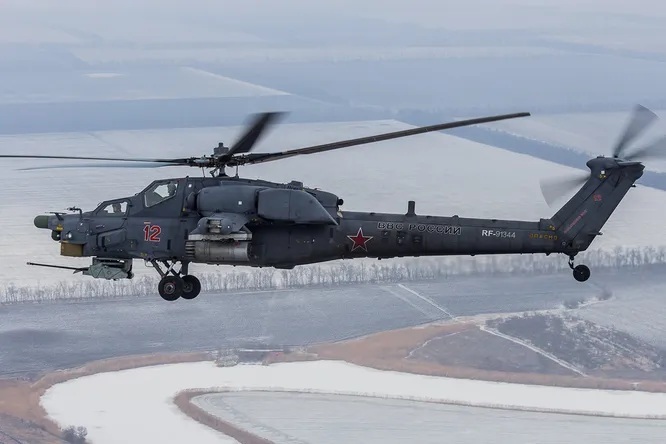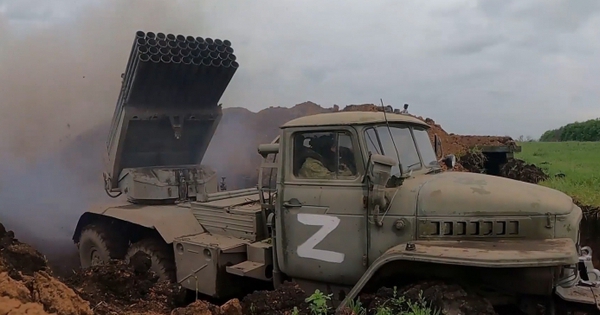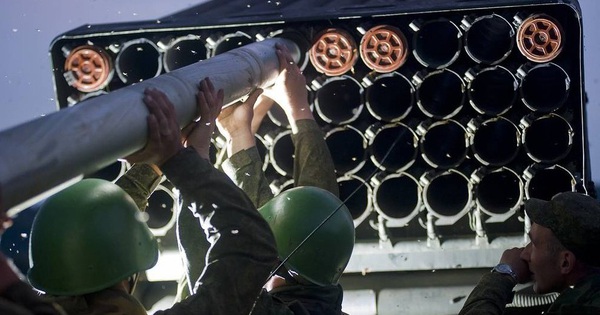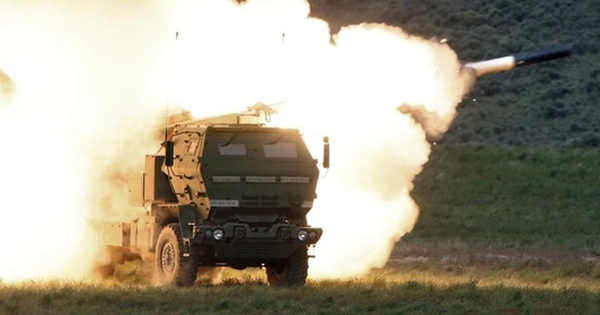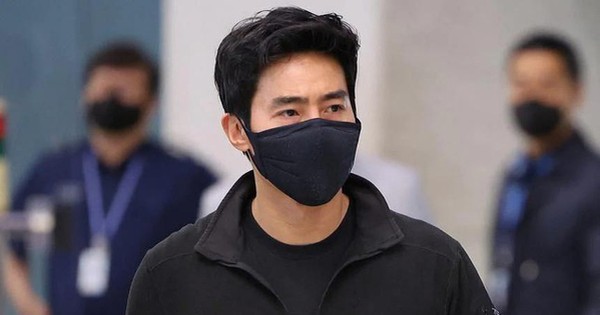What kind of military aviation did Russia use during the operation in Ukraine?
27/02/2022 08:06 GMT+7
The “demilitarization” operation in Ukraine, which was ordered by the decision of Russian President Vladimir Putin on the morning of February 24, also involved fighter jets attacking military infrastructure on the ground. opponent’s territory.
Here are the five most likely options for Russian military action:
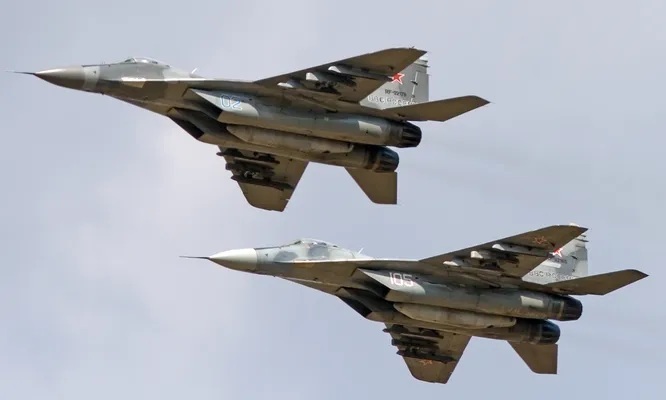 |
| The Mikoyan MiG-29 is a fourth generation jet fighter designed and built by the Soviet Union and Russia, the MiG-29 designed for the air superiority role. |
The Soviet 4th generation multirole fighter entered service on June 11, 1987. By 2020, more than 1,400 MiG-29 fighters have been built and form the basis of Russian fighter aviation. On the MiG-29 is mounted a 30 mm GSH-30-1 machine gun and in addition this fighter can carry bombs as well as many different types of missiles.
|
| The Sukhoi Su-34 is an advanced Russian attack and bomber aircraft. The aircraft has two seats, designed to replace the Sukhoi Su-24. |
The Soviet multi-role supersonic fighter-bomber is designed to fight in conditions of strong resistance from enemy air defenses and uses modern electronic warfare equipment to Destroy enemy air targets day and night in all weather conditions.
Su-34, belonging to the forward aviation, entered service on March 20, 2014 – an aircraft of the 4++ generation and allows to perform basic combat missions without the escort of an air force. fighter aircraft support. The combat qualities of the Su-34 allow it to conduct air battles and can maneuver independently of any existing enemy fighter aircraft.
|
| The Antonov An-26 is a twin turboprop light transport aircraft, developed from the Antonov An-24, with special modifications for military use. |
The Soviet military transport aircraft began to operate in 1973. An-26, was included in the army of military transport aircraft used to transport goods and equipment. Despite its age, this aircraft is the most numerous aircraft in its class and is regularly used by the Russian military.
|
| The Ilyushin Il-20 was a prototype Soviet attack aircraft. |
The Il-20 is one of the most interesting aircraft of the Russian Aerospace Forces. Created on the basis of the Il-18, this aircraft has been in service since 1969 as part of the army’s special aviation.
Soviet military electronic intelligence aircraft Il-20, based on a passenger plane, carrying side-view radar, imaging equipment, thermal/infrared (IR) radiation scanners, optical sensors and satellite communication systems for real-time data exchange.
On the basis of Il-20, Il-22M11 control and relay aircraft, Il-22PP jammer and combined reconnaissance aircraft were also created.
|
| The Mil Mi-28 is a Russian combat helicopter. Designed purely for attack purposes and with no transport function, and has better anti-tank protection than the Mil Mi-24. |
Helicopters can also be used in the Ukrainian war. Soviet and Russian Mi-28 attack helicopters, designed to search and destroy tanks, other armored vehicles, as well as low-speed air targets and enemy manpower in the face of fire.
The helicopter has been in production since 1982 and the latest modification is the Mi-28NM version with improved armament and a modernized design.
Peace (translation summary)
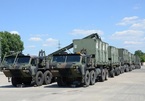
Top 10 most powerful military trucks in the world
The US-made military trucks dominate the majority of the world’s leading “super-carrying horses”.
at Blogtuan.info – Source: infonet.vietnamnet.vn – Read the original article here
